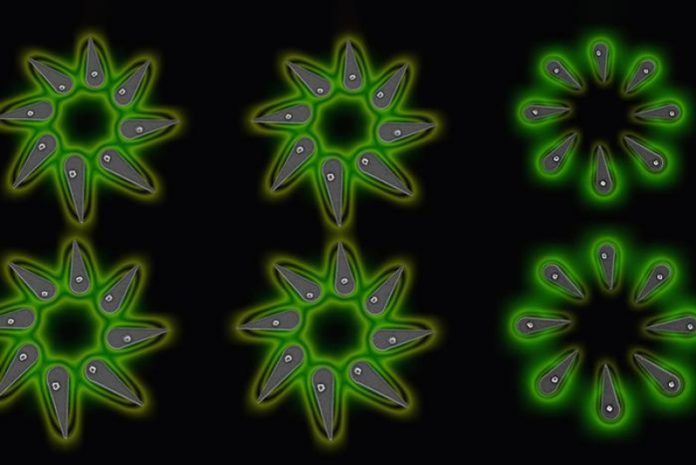
Have you ever thought about what could happen if we could control super tiny particles of light?
Researchers at MIT have figured out a way to do just that, and it could lead to amazing things like faster computers, better virtual reality experiences, and even new kinds of medical tools.
What Did They Do?
The scientists worked with a special kind of material called halide perovskites.
This material is already used in some gadgets like solar cells, which turn sunlight into electricity.
However, until now, it’s been difficult to use these materials in super tiny forms.
Imagine a sheet of paper; it’s about 100,000 nanometers thick. That’s a unit so small that you can’t see it without a super-strong microscope.
The MIT team figured out how to control this material at a size less than 50 nanometers. That’s about 2,000 times smaller than the width of a human hair!
Why Is It Important?
Size matters a lot when we’re talking about these tiny materials. Smaller size can mean different colors of light or other special features.
The researchers grew these tiny crystals right where they wanted them. That way, they didn’t have to move them later, which can damage the material.
The cool part? They used these tiny particles to make nanoLEDs, which are like super-small light bulbs that glow when you pass electricity through them.
Why Should We Care?
The way they did this is important for a few reasons:
Better Gadgets: Because they’re so small and can be placed precisely, these nanoLEDs could be used in many ways. Imagine a VR headset that’s so good it feels like you’re really there, or a computer that processes information at lightning speed.
Medical Marvels: These could be used in microscopic tools that doctors use for surgery or diagnostics. We’re talking about lenses so tiny and powerful they could see things in the body that we’ve never seen before.
Scalable: This isn’t just a one-time experiment; it can be done on a large scale, meaning it’s not just for fancy lab tests. It could actually be used in real-world applications soon.
Less Damage: Usually, making tiny structures like this can damage the materials, but the new method avoids that. That means we can start using it in more types of devices without worrying about them breaking easily.
What’s Next?
The researchers say this is just the beginning. They believe this new way of working with tiny materials can help us create devices and tools we can’t even imagine yet. By controlling matter at this tiny scale, they think we’ll be able to do things that seemed like science fiction just a few years ago.
So, the next time you hear about “nanotechnology,” remember: we’re not just talking about something small. We’re talking about something that could be a big deal for our future!
The study was published in the journal Nature Communications.
Follow us on Twitter for more articles about this topic.



